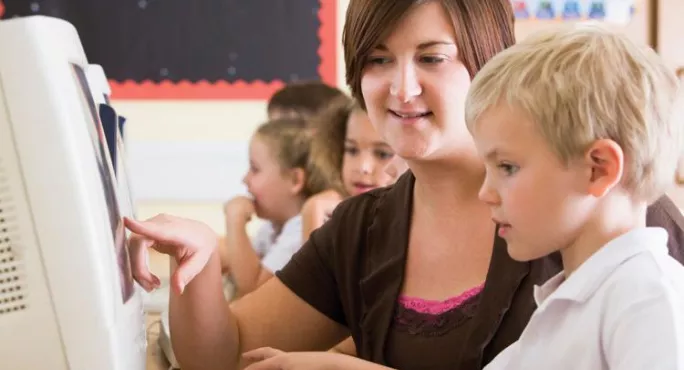New research suggests that there is a growing geographical divide in the chances of pupils with special educational needs and disabilities (SEND) being educated in a special school.
The Centre for Studies on Inclusive Education (CSIE) indicates that the chance of pupils with SEND attending a mainstream rather than a special school in 2017 were almost ten times greater in the most inclusive authority than the least.
This compares to the situation four years ago, when the gap was six times greater.
Viewpoint: 'The impact of SEND cuts frightens me to my very core'
Quick read: Minister says 'ambulance chasers' have no place in EHCP appeals
Analysis: pupils with SEND caught in 'vicious circle'
Artemi Sakellariadis, CSIE director, said: “Parental wishes for special schools can be a reflection of the capacity of mainstream schools to respond to their child’s need. So if a suitable response is not there then parents will choose to go where they feel their child is welcome.
“It’s a complex picture. But we think children need to go to a school with their brothers, sisters, friends and potential friends from the local area. It’s about a sense of belonging.”
CSIE has been working with researchers at the University of Exeter to analyse data from the Department for Education and Office for National Statistics.
The research confirms a continuous rise of special school placements since 2007.
“It is clear that the trend towards a larger proportion of children and young people in special schools is increasing, with a particularly dramatic leap between 2013-2016 in comparison with previous patterns,” the report states.
CSIE has been monitoring school placement trends since 1983. The latest report explores trends from 2014 to 2017 and ranks all local authorities from the most inclusive to the most segregating.
Newham in East London remains the most inclusive authority, a position it has held since the 1980s. Torbay has been the authority with the largest proportion of pupils in special schools since 2013.
In 2017 Newham sent one in every 552 (0.181 per cent) of all children aged 0-19 in its area to a special school – while in Torbay, one in every 57 children (1.748 per cent) attends a special school.
In 2014, Newham sent one in every 429 pupils to special school, compared to Torbay sending one in every 68.
Dr Sakellariadis said: “The extent of local variation is staggering, given that the same laws and national policies apply to all local authorities.
“Such inconsistencies do not bear any simple relation to the size of a local authority or its social / geographical characteristics. They are more likely to reflect differences in strategic leadership and commitment to inclusive education.”
A Torbay Council spokesperson said: “We believe in working closely with our parents to ensure their views are heard and those children who have the greatest level of need are placed in the best and most appropriate provision for them. We do have inclusive mainstream schools and are proud of the range of provisions up to and including our special schools that we have available to meet the needs of our children and young people.
“Torbay has a higher than average number of students with education, health and care plans and parental preference does play a key role in where their children will be placed.”




